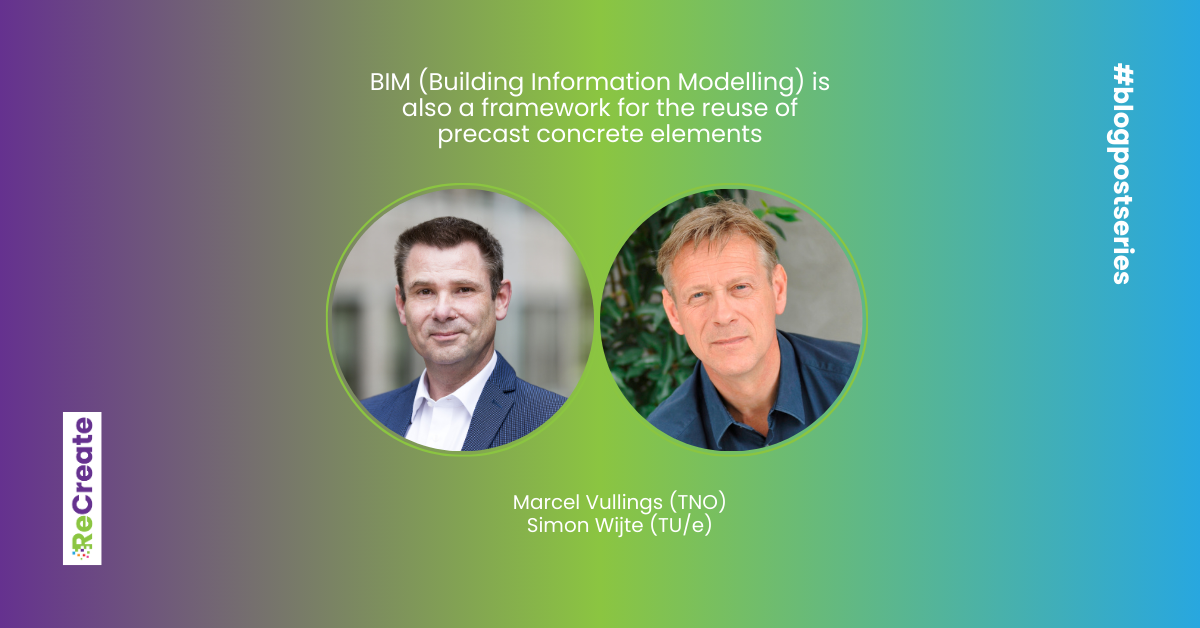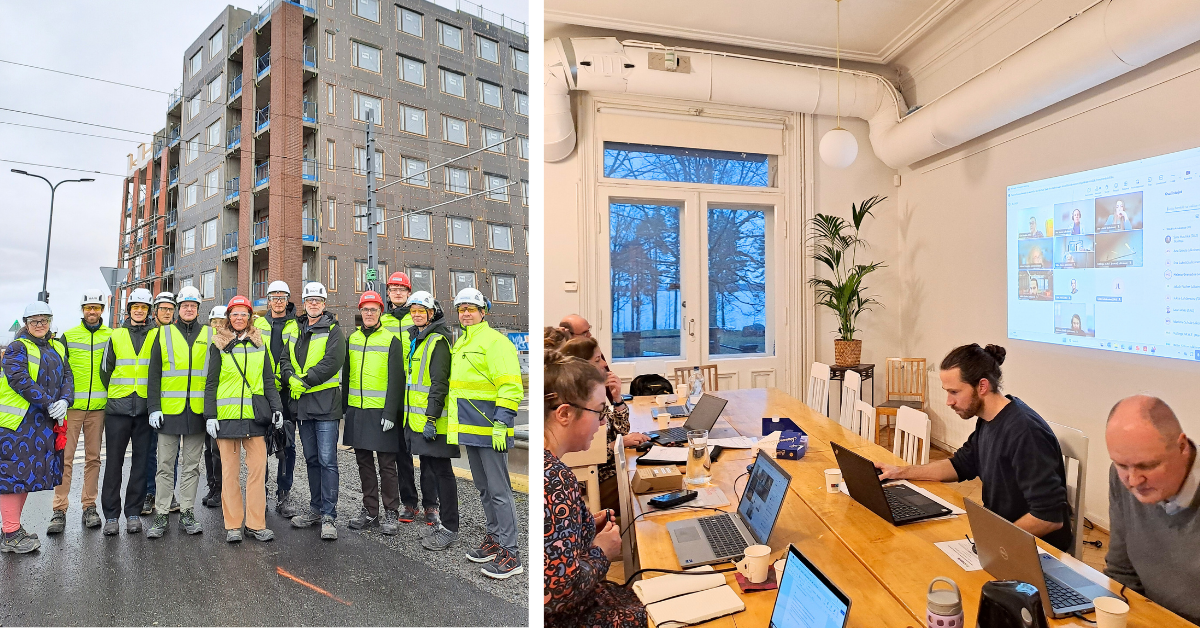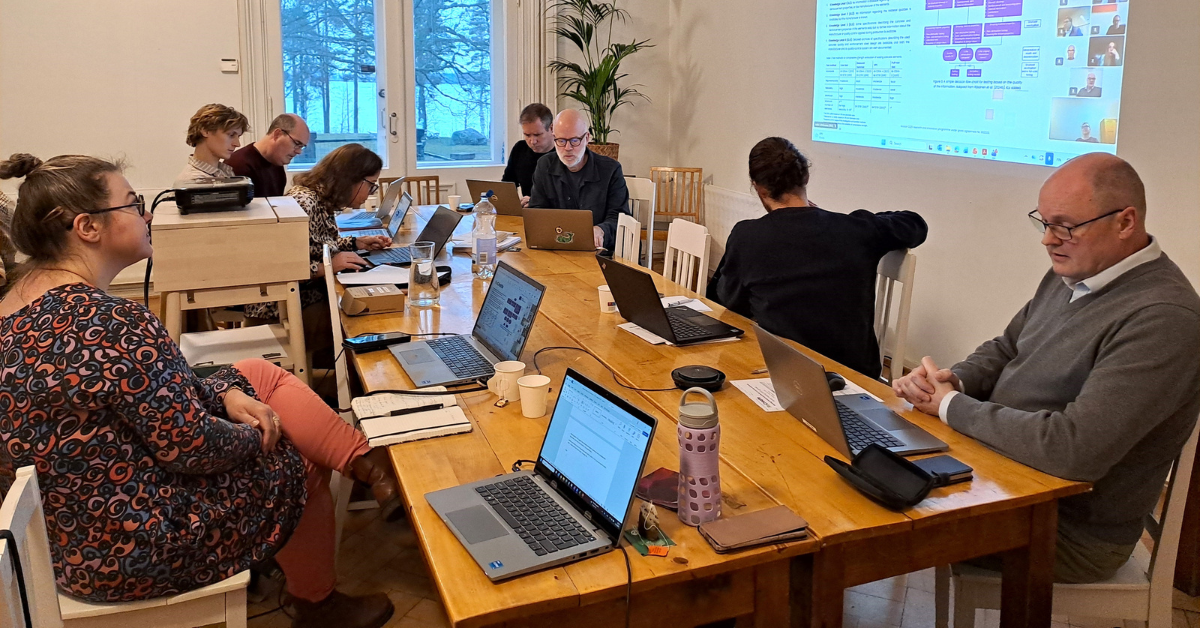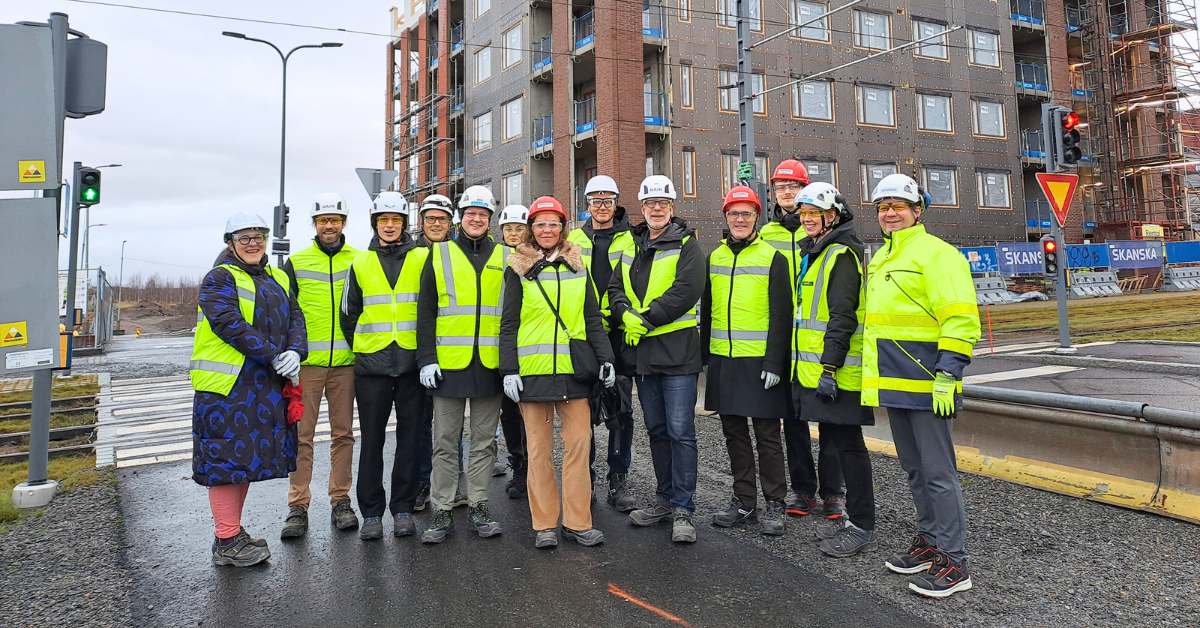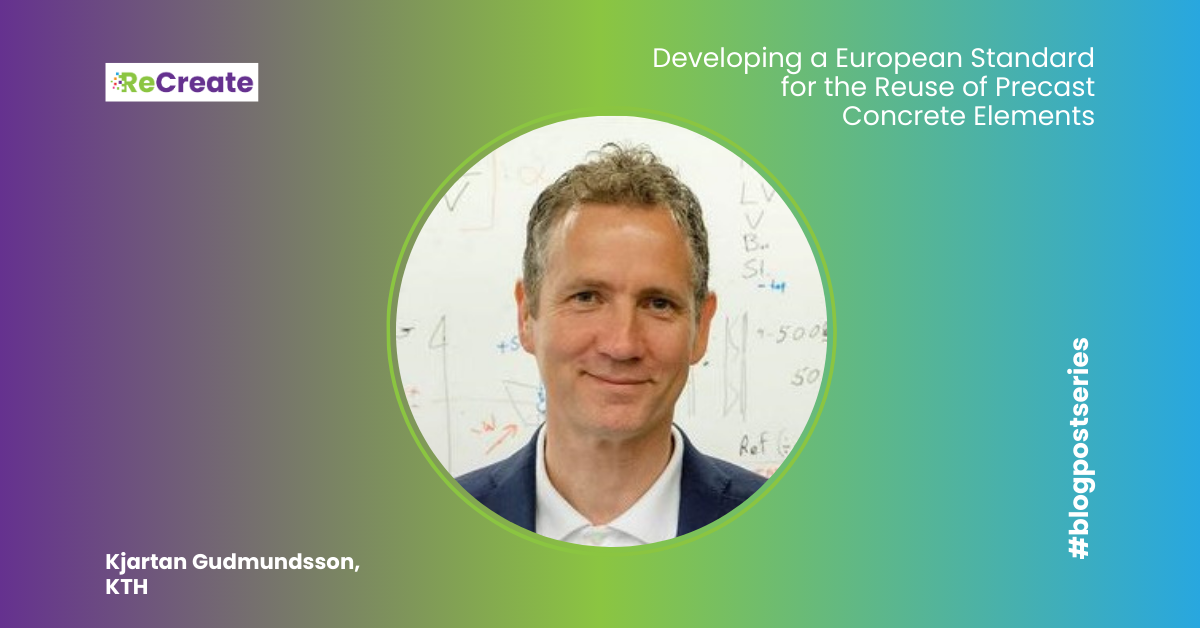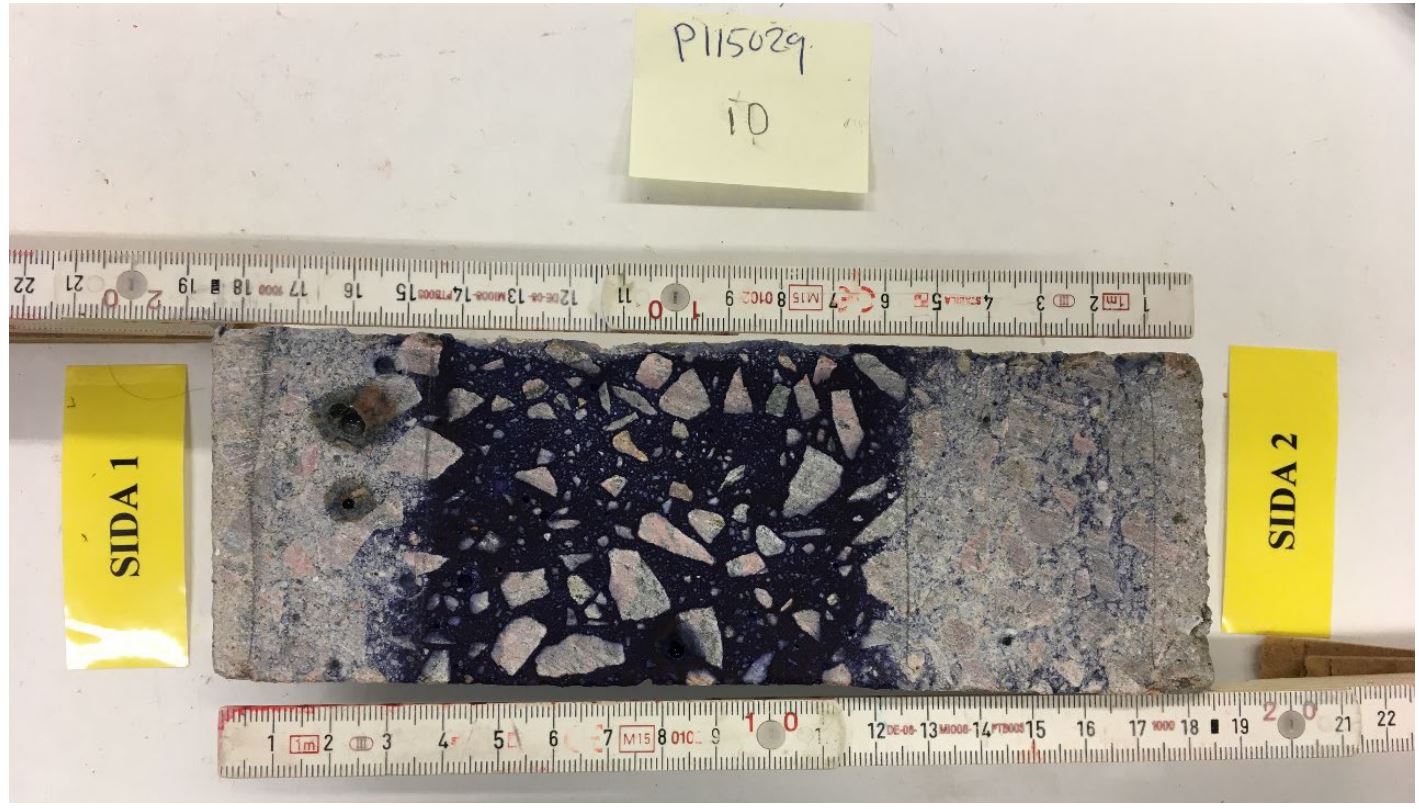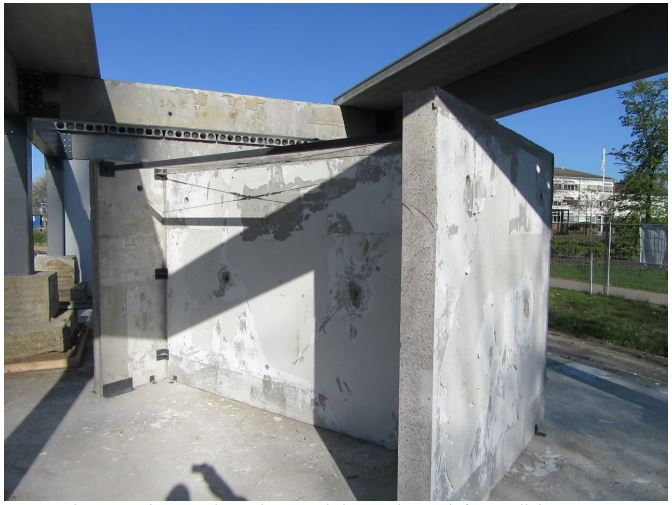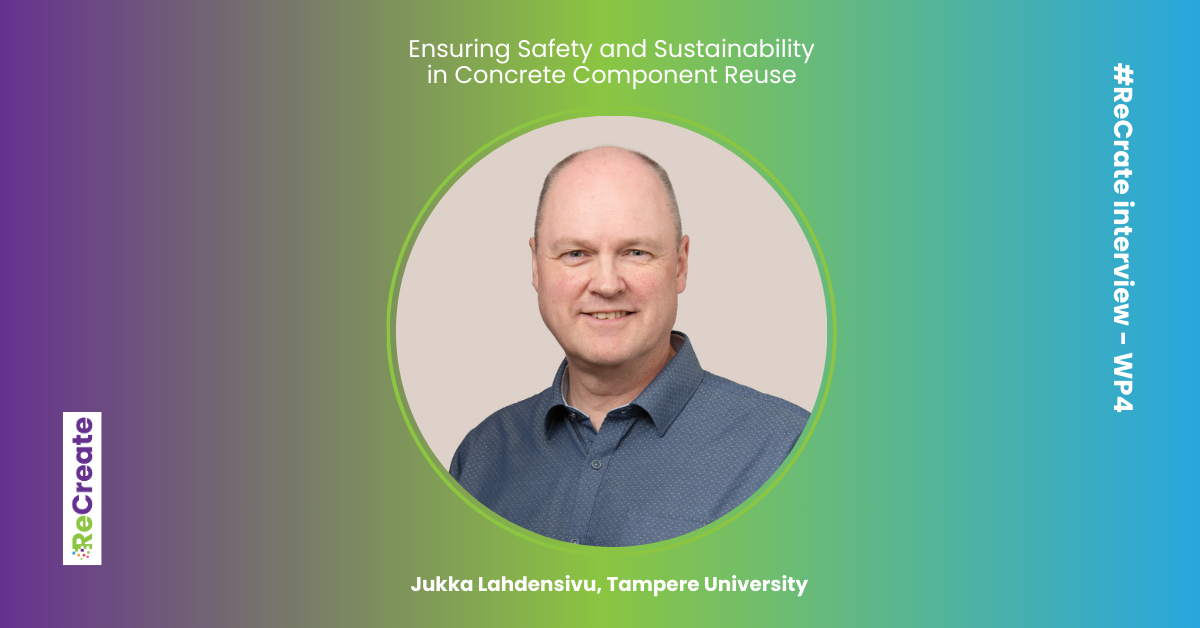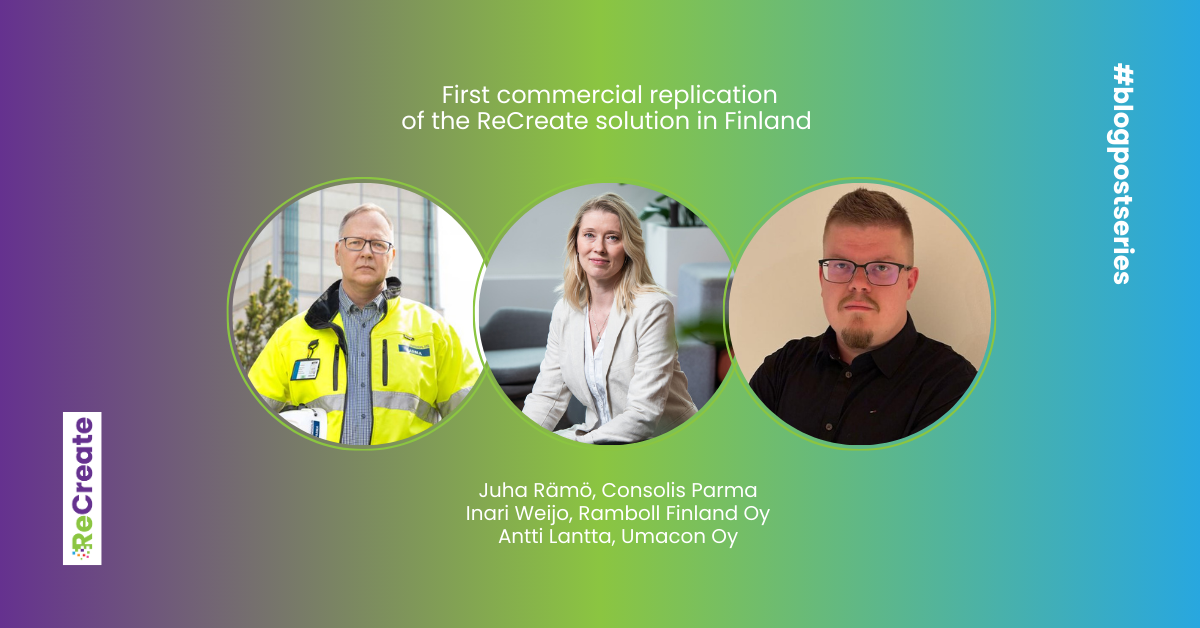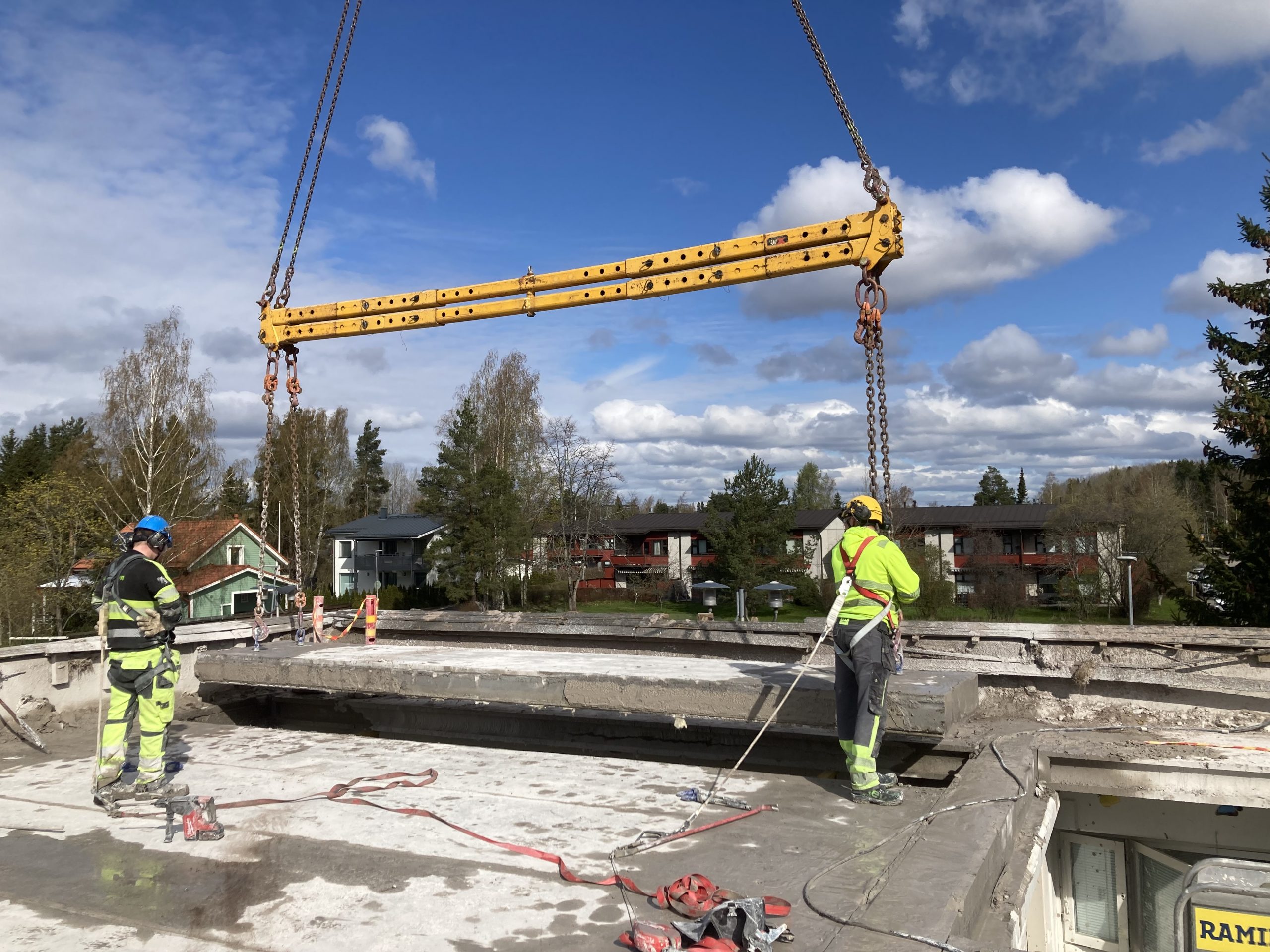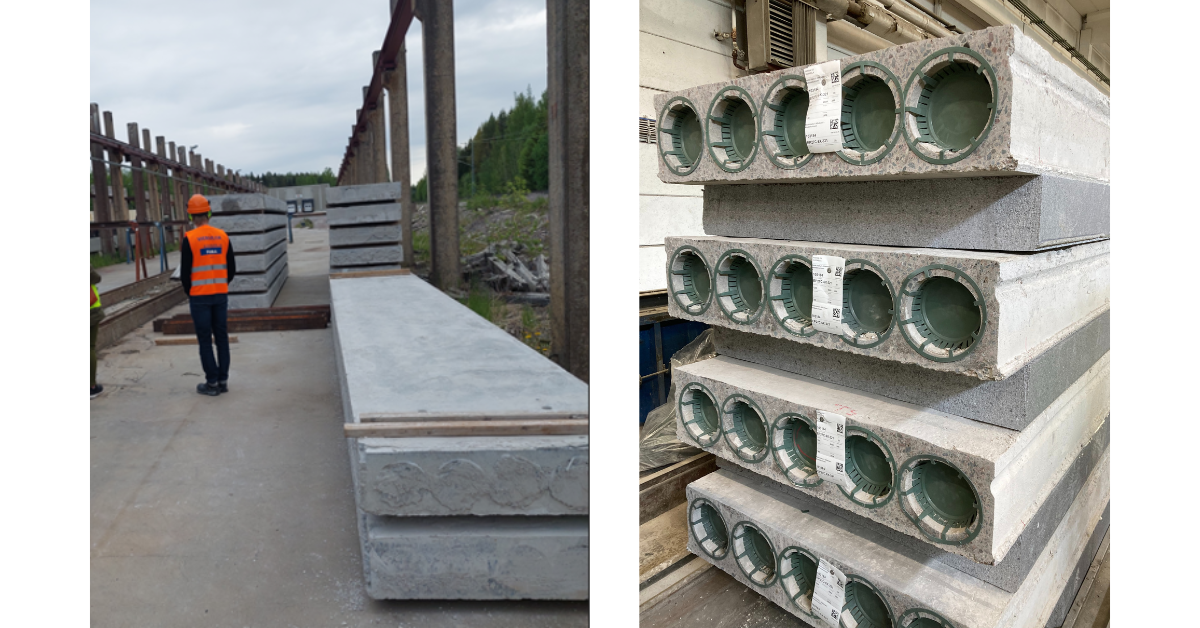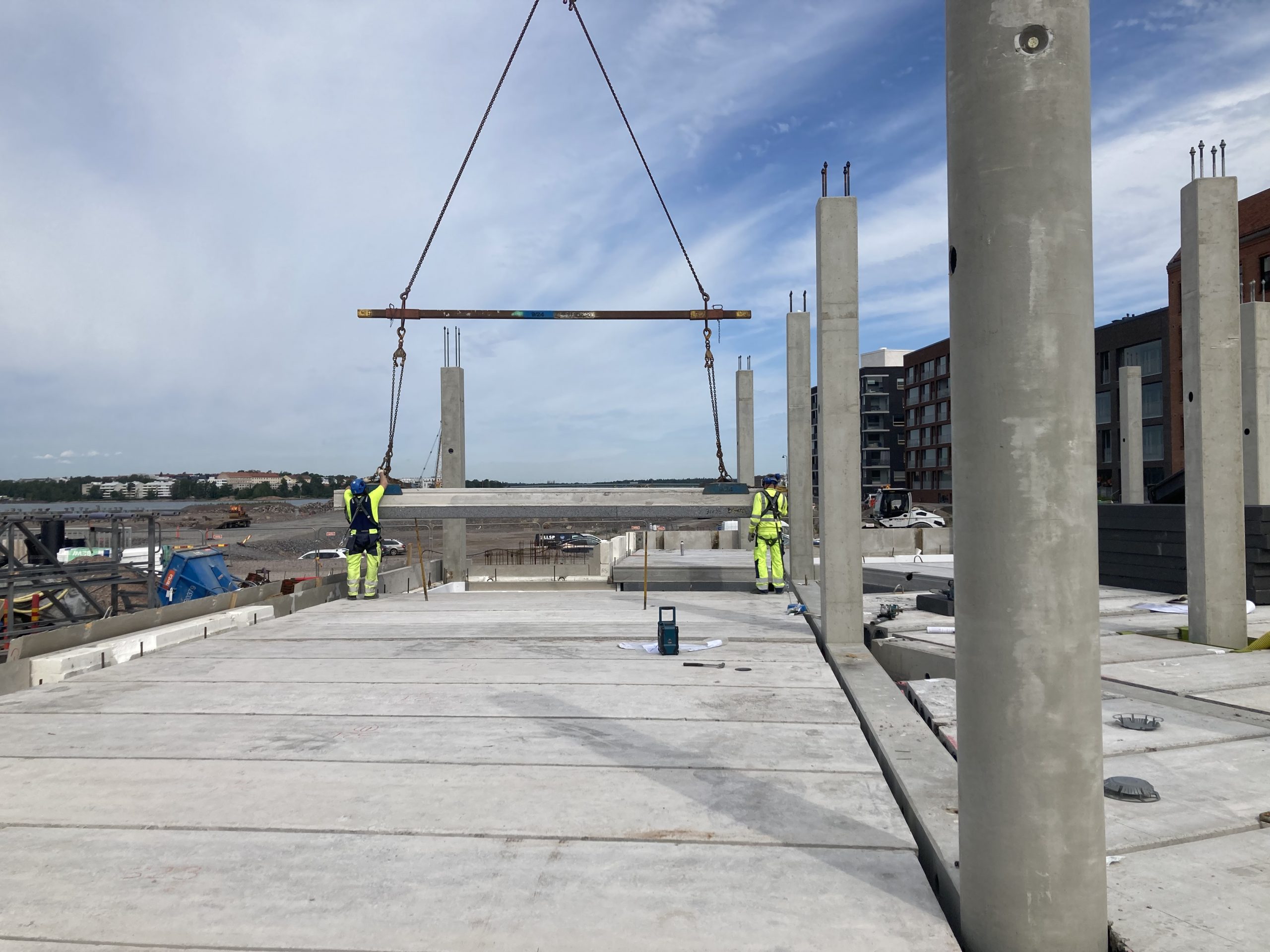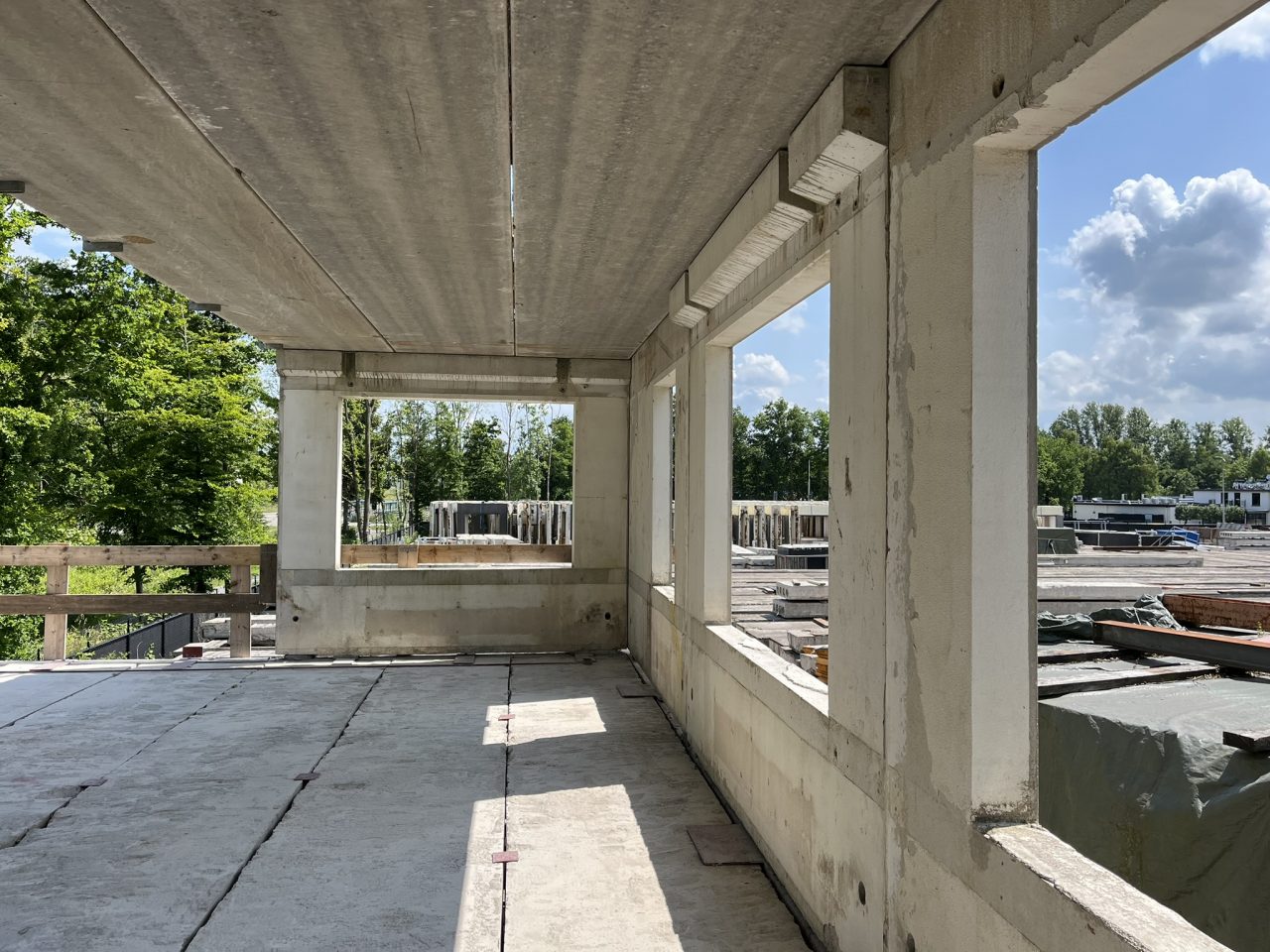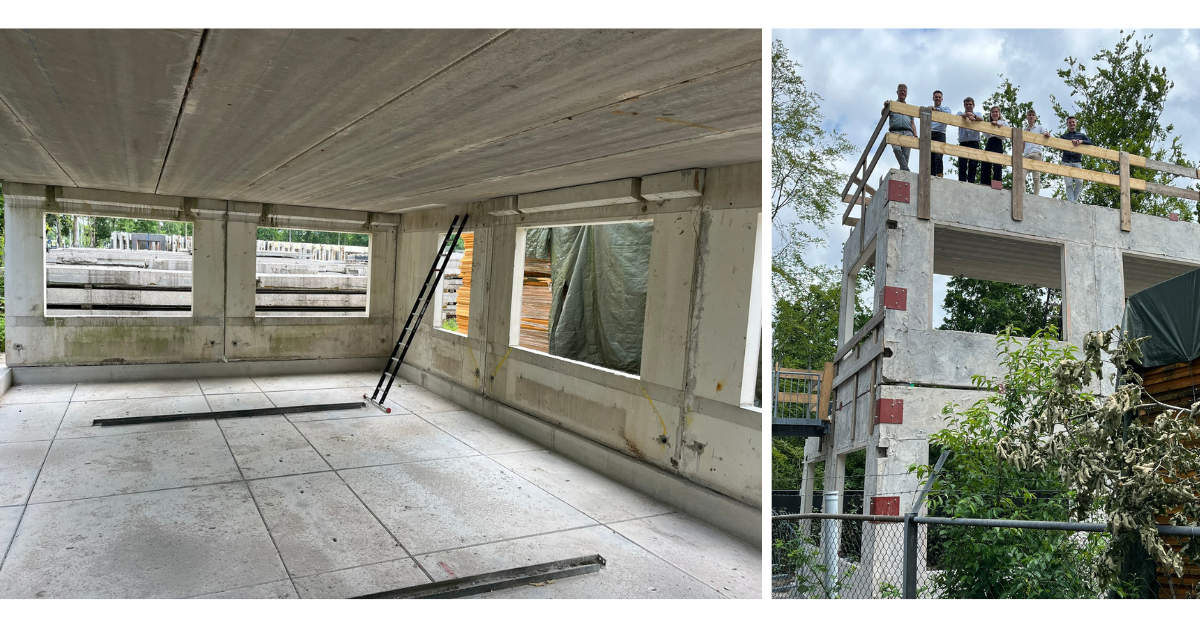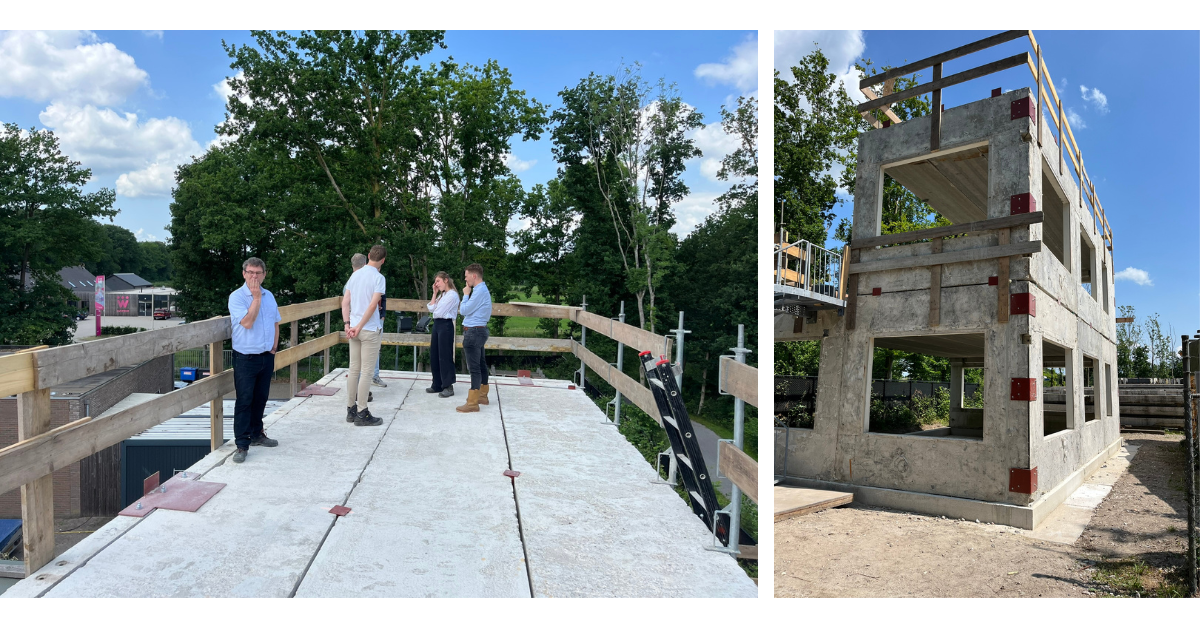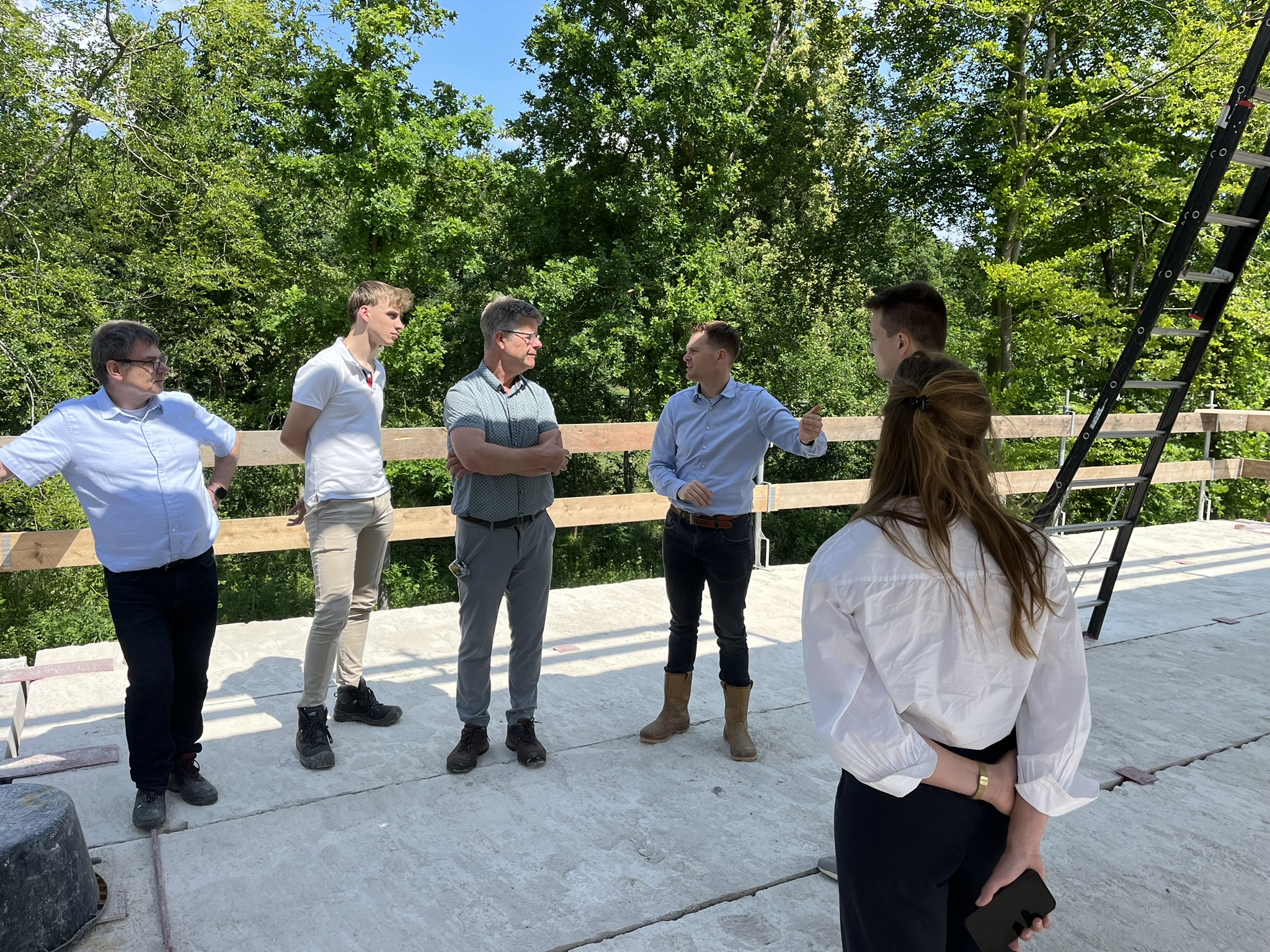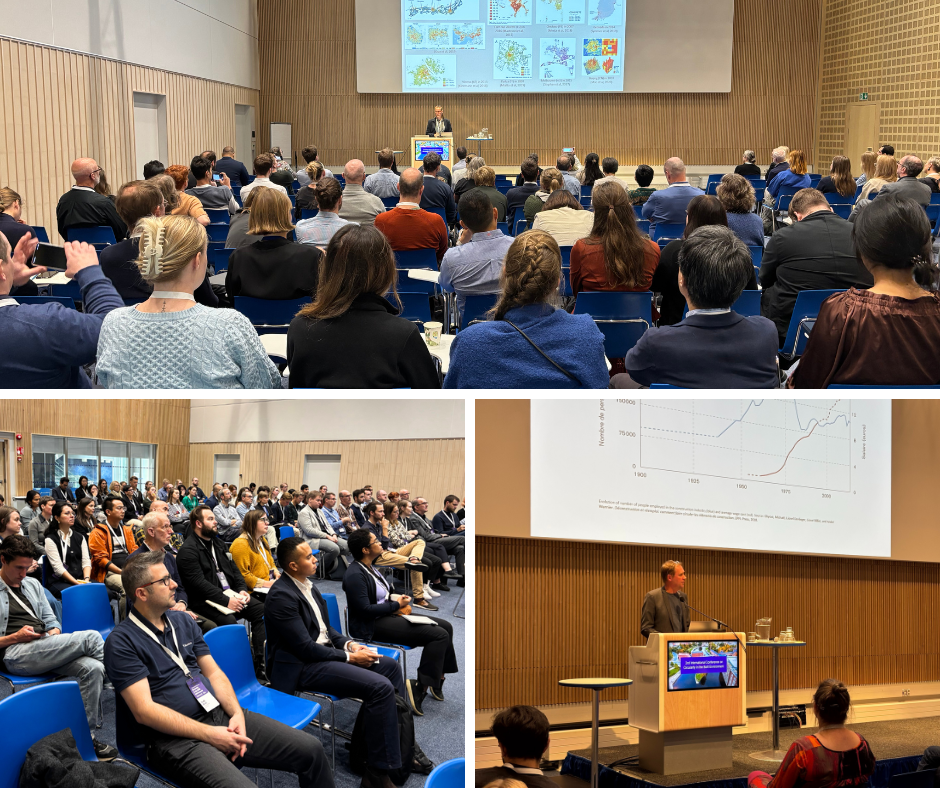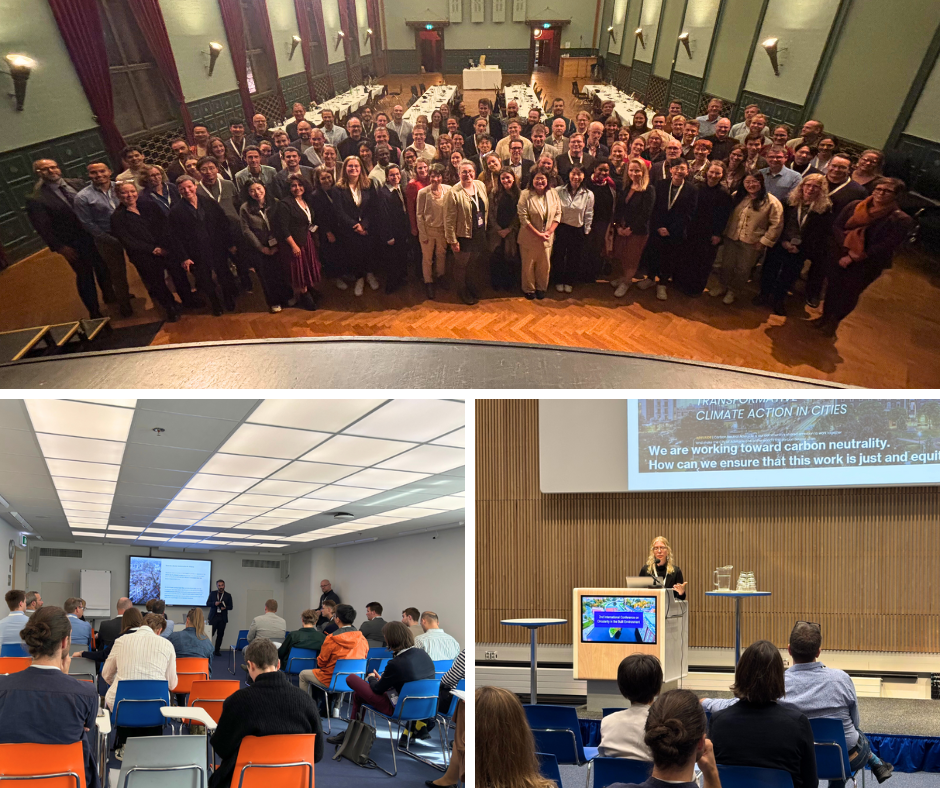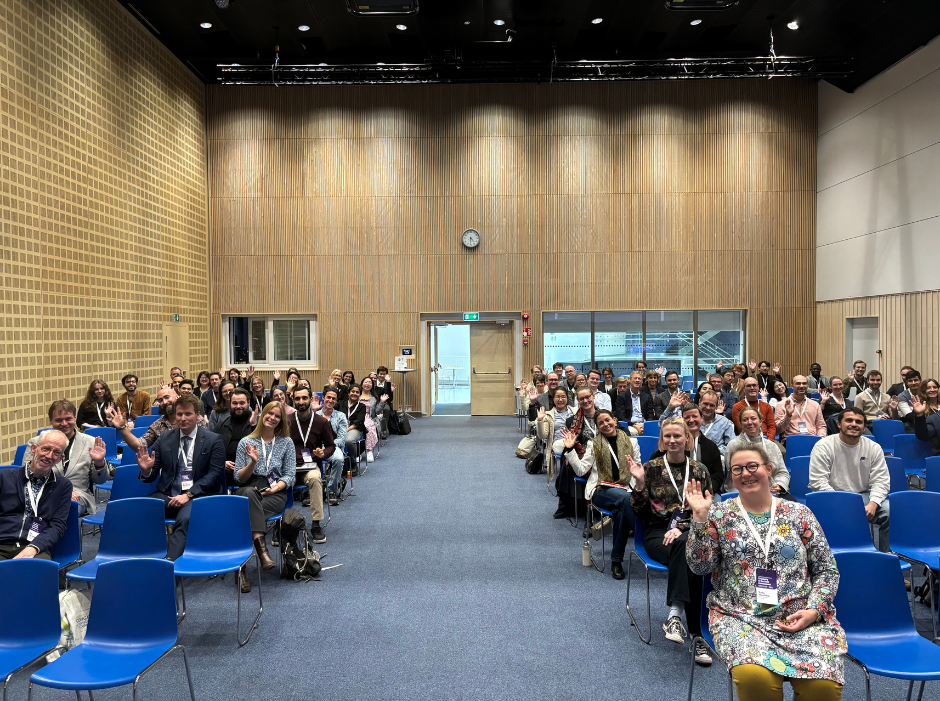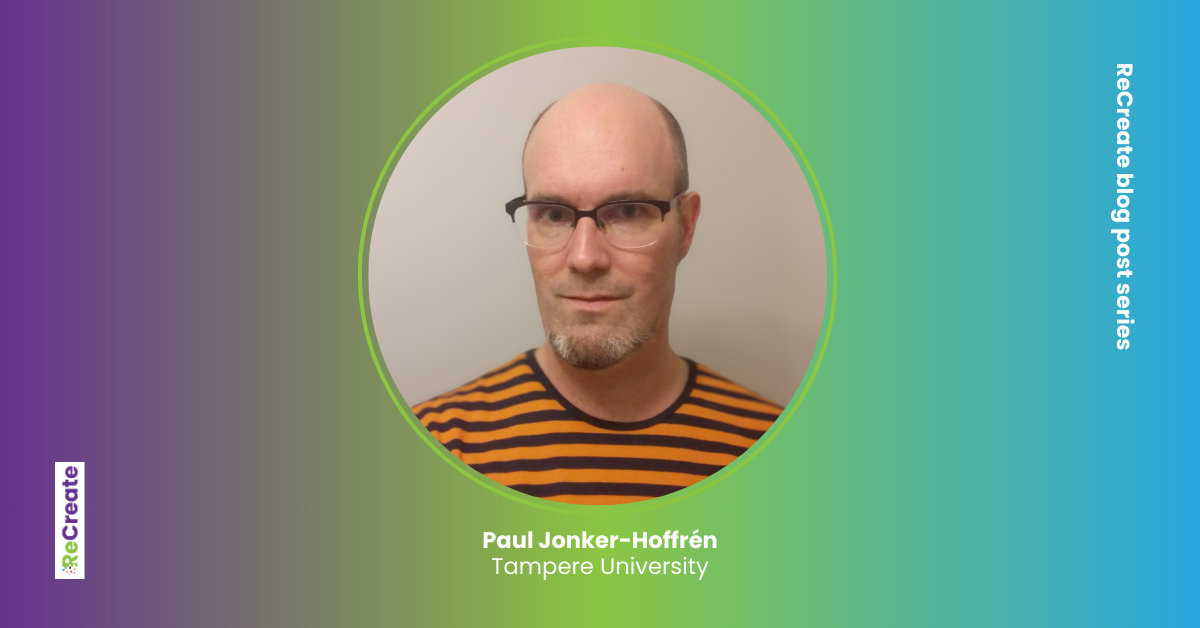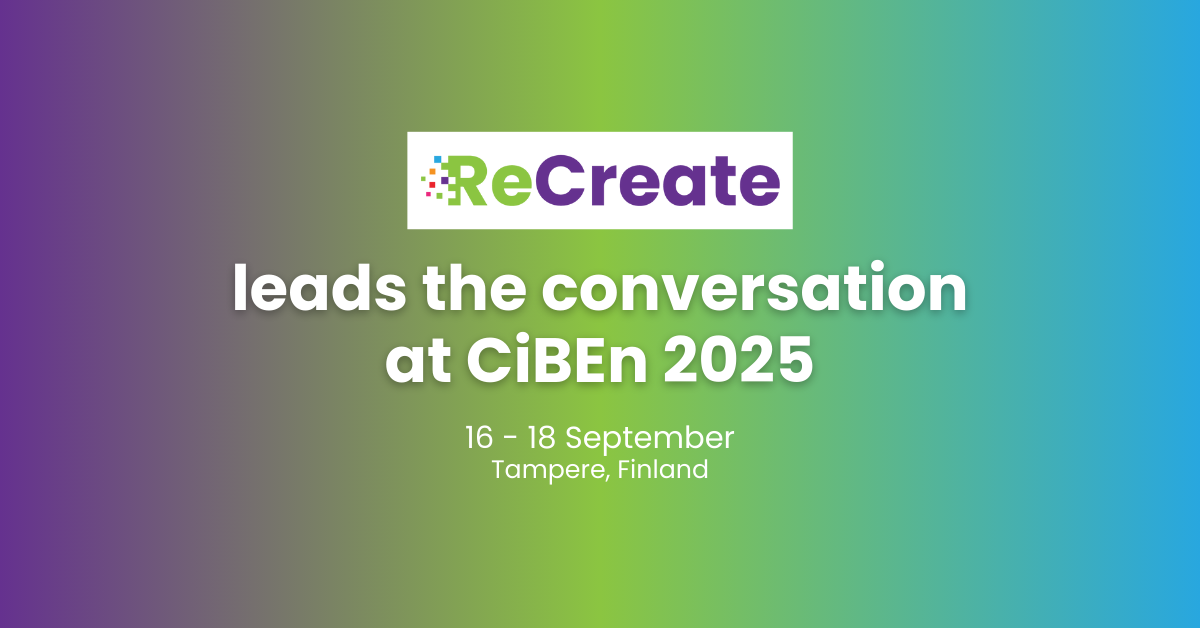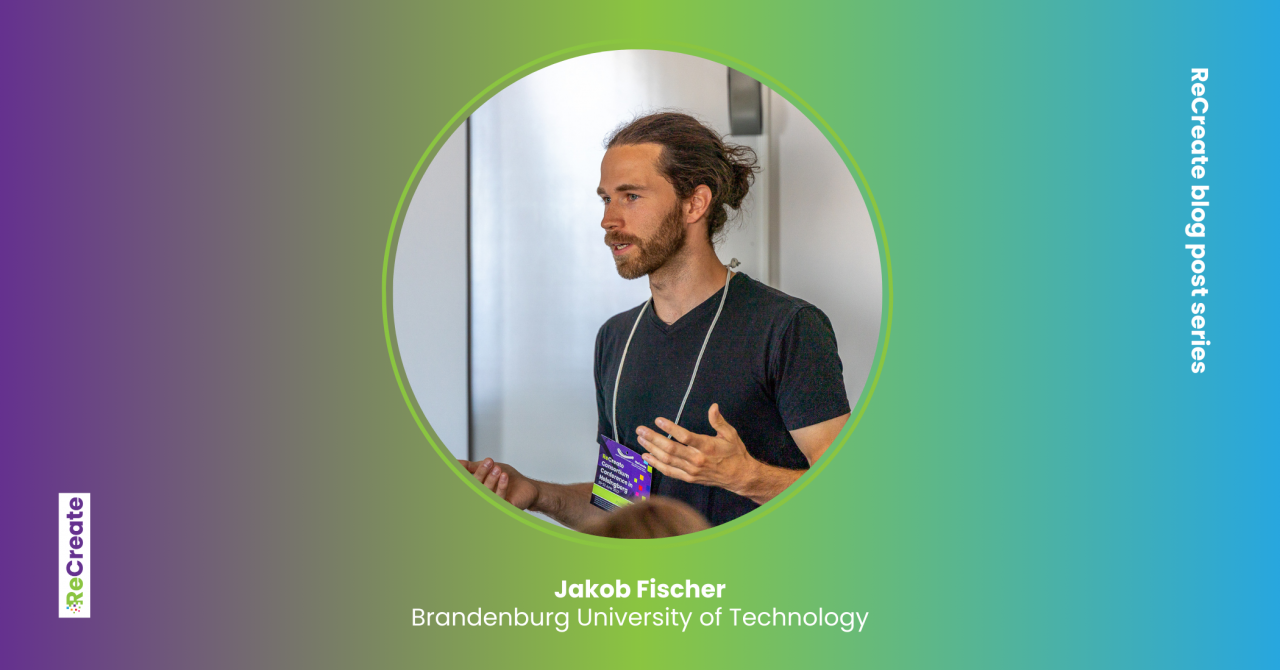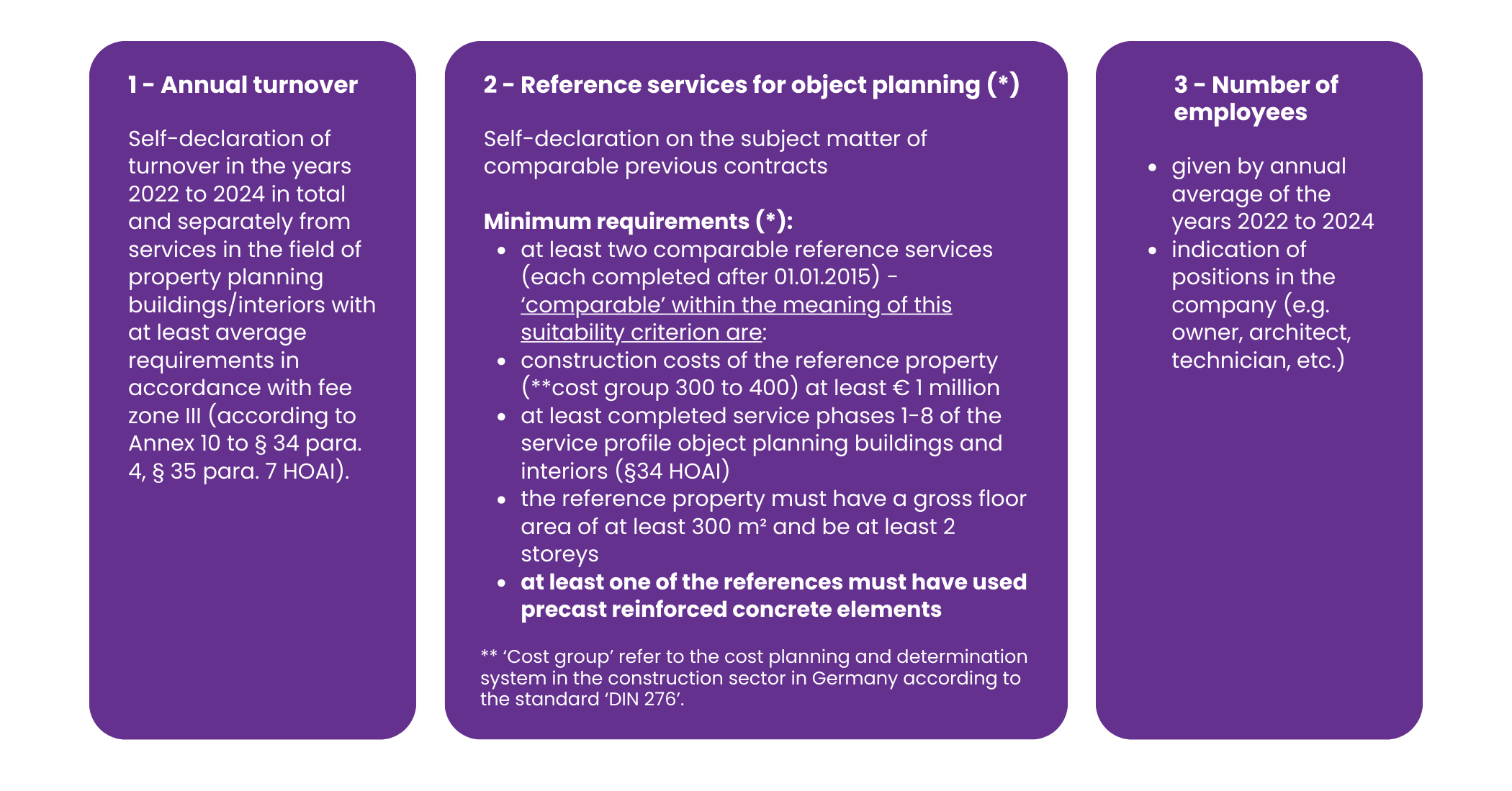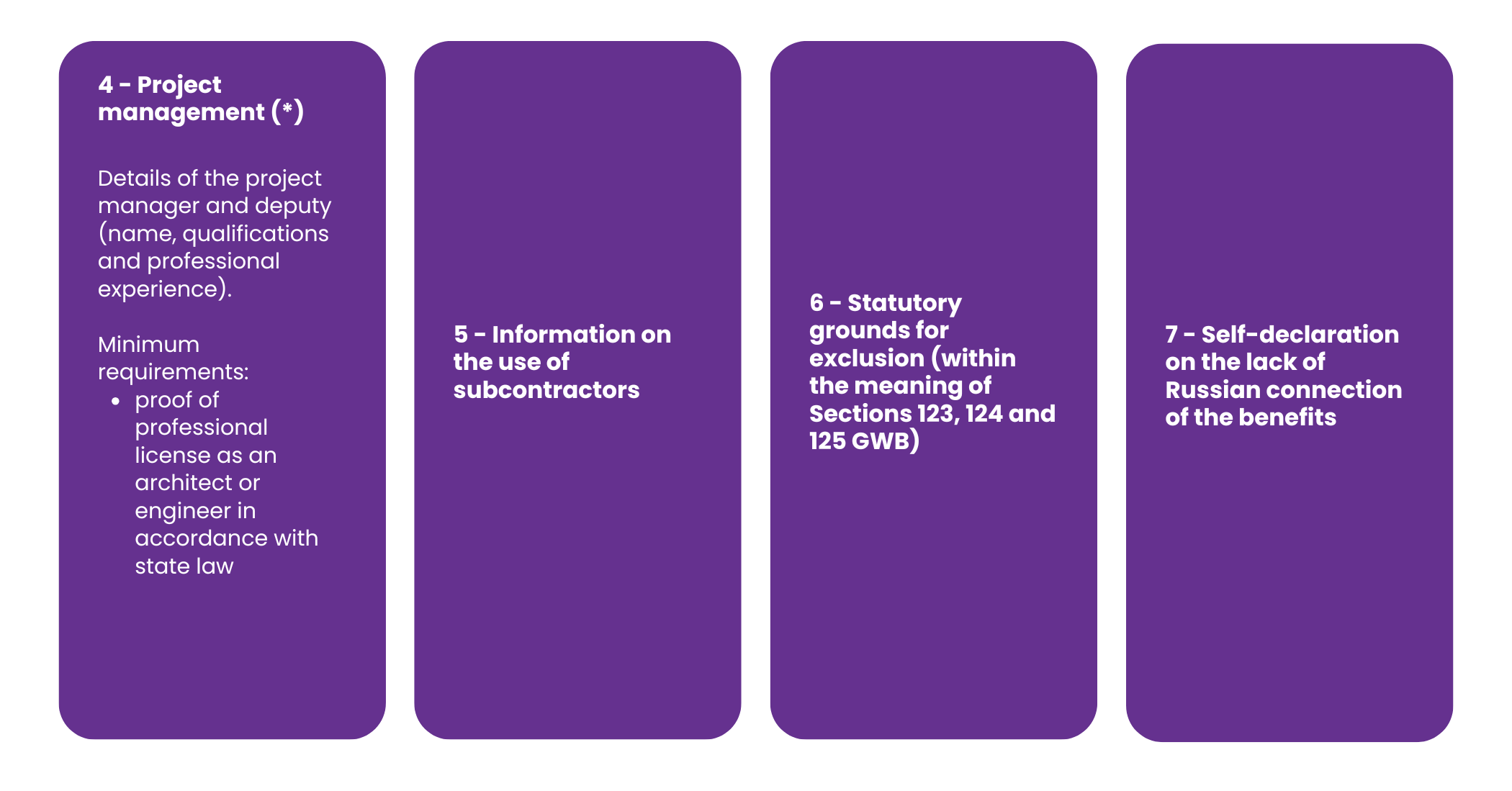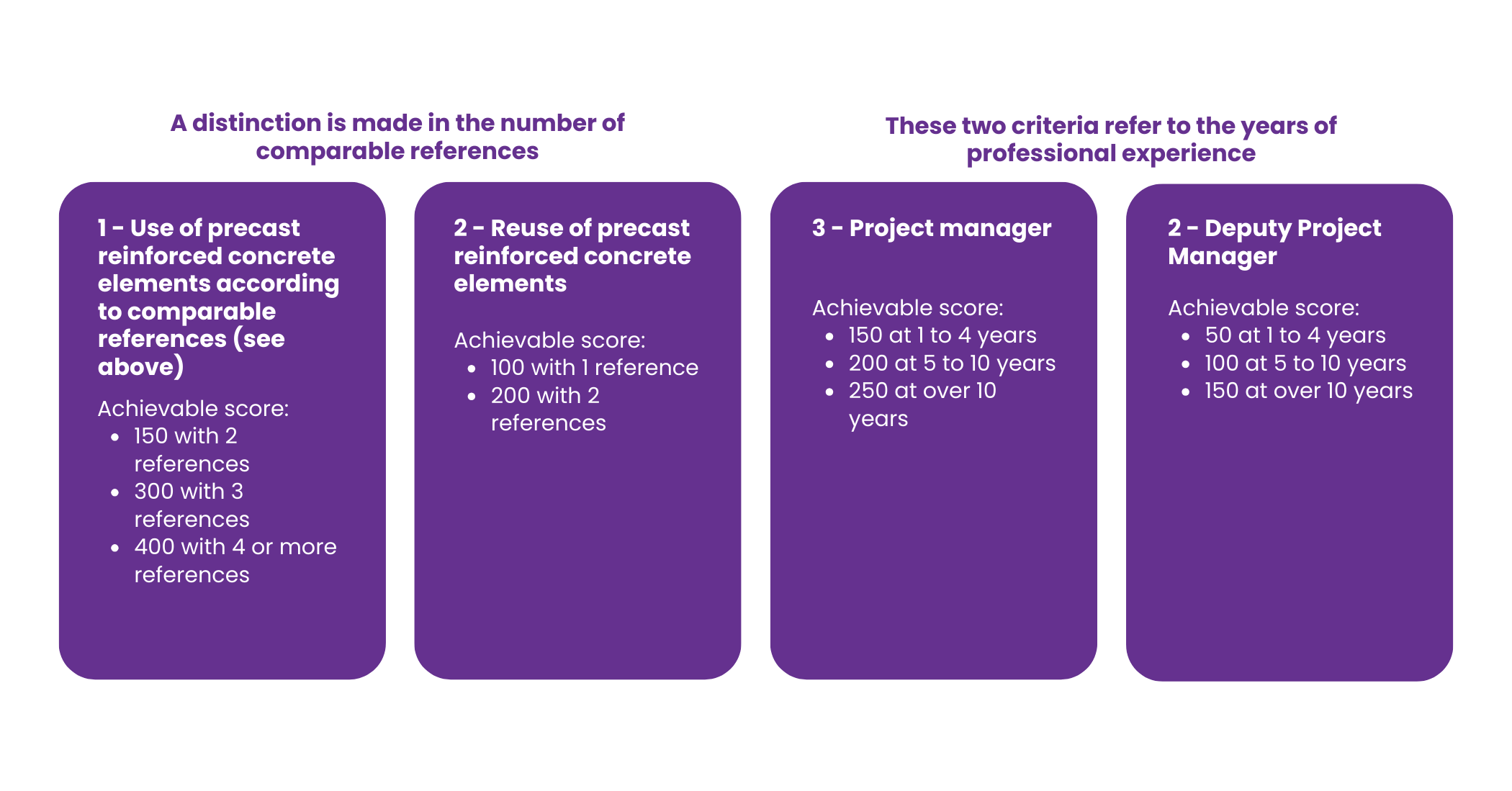Introduction to the reports under WP2 of the ReCreate project:
- Guidelines for a BIM-aided pre-deconstruction audit (D2.1). The full report is available here.
- Real-life deconstruction pilots of the ReCreate project (D2.3). The full report is available here.
- Best practice guidelines and recommendations for reuse-optimised deconstruction (D2.2). The full report is available here.
Authors: Marcel Vullings (TNO) and Simon Wijte (TU/e)
The integration of Building Information Modelling (BIM) and three-dimensional (3D) modelling has become the most important tool and information medium of contemporary design and construction practice. The architect formalises his design with the aid of 3D BIM models, while the structural engineer appends the result of his calculations in a 3D model. This model is employed throughout the engineering process in order to manufacture structural elements, such as beams and columns, for the assembly of the building structure. The BIM process encompasses the formulation of the construction of the structure and detailing and also the budgets, the production and construction schedules and the development of construction sequences. The employment of supplementary applications has the potential to enhance functionality, thereby facilitating processes and streamlining specific domains, including logistics.
The reuse of harvested precast concrete elements in construction represents a recent development that contributes significantly to the transition from a linear to a circular economy. In order to expedite this process, it is imperative that the reutilisation of structural elements becomes an integral component of contemporary design and BIM methodologies in the construction industry.
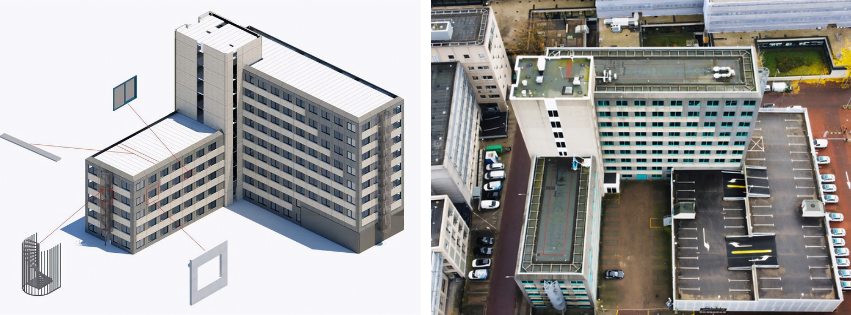
Deconstruction pilot office building Prinsenhof, Arnhem (right the 3D BIM model)
The deconstruction (WP2) of a building constitutes one of the primary steps in the reuse of precast concrete elements. During the preparatory stage, pertinent information is collated pertaining to the building, its structural composition, and the precast concrete elements itself. In the Dutch pilot project, a 3D BIM model was generated as a constituent of the work process for the deconstruction of the Prinsenhof office building in Arnhem. A variety of information sources, ranging from paper drawings to digital point clouds, were integrated into the BIM model. The utilisation of BIM at this juncture confers numerous advantages, chief among them being the capacity to ascertain the veracity and thoroughness of the information.
The information can be used in assessing which elements are usable for reuse, determining the deconstruction sequence, and determining the dimensions and weights of the elements for lifting, transport, and storage of the harvested elements. In order to establish an unambiguous link between the collected data and each individual element, a unique code needs to be assigned to each element, which must be incorporated into the BIM model.
In the course of the deconstruction process, the first steps can be initiated in the design of a new edifice, incorporating reused components. The 3D BIM model is a pivotal tool in the preparation of the design and engineering. It is an established fact that, within the context of the design process, the final design of a building is arrived at through the undertaking of several iterations. The digital BIM environment facilitates these iterations. The development of tools such as ReCreate Studio (WP5) is identified as a key enabler of the design process for architects and engineers.
During deconstruction and the subsequent processes, a greater volume of information can be collected on the precast concrete elements. Because the structural integrity of the new structure is of importance, it is essential to verify material properties through testing. The test results are incorporated into the data of the elements in the BIM model. Furthermore, the evolution of innovative demountable connections and the findings of quality checks are of particular significance. The utilisation of BIM as a digital database is of paramount importance in establishing a linkage between digital data and physical precast concrete elements. The significance of this information is evident in the fact that structural reuse is rendered unfeasible without it, thereby precluding the possibility of circularity.
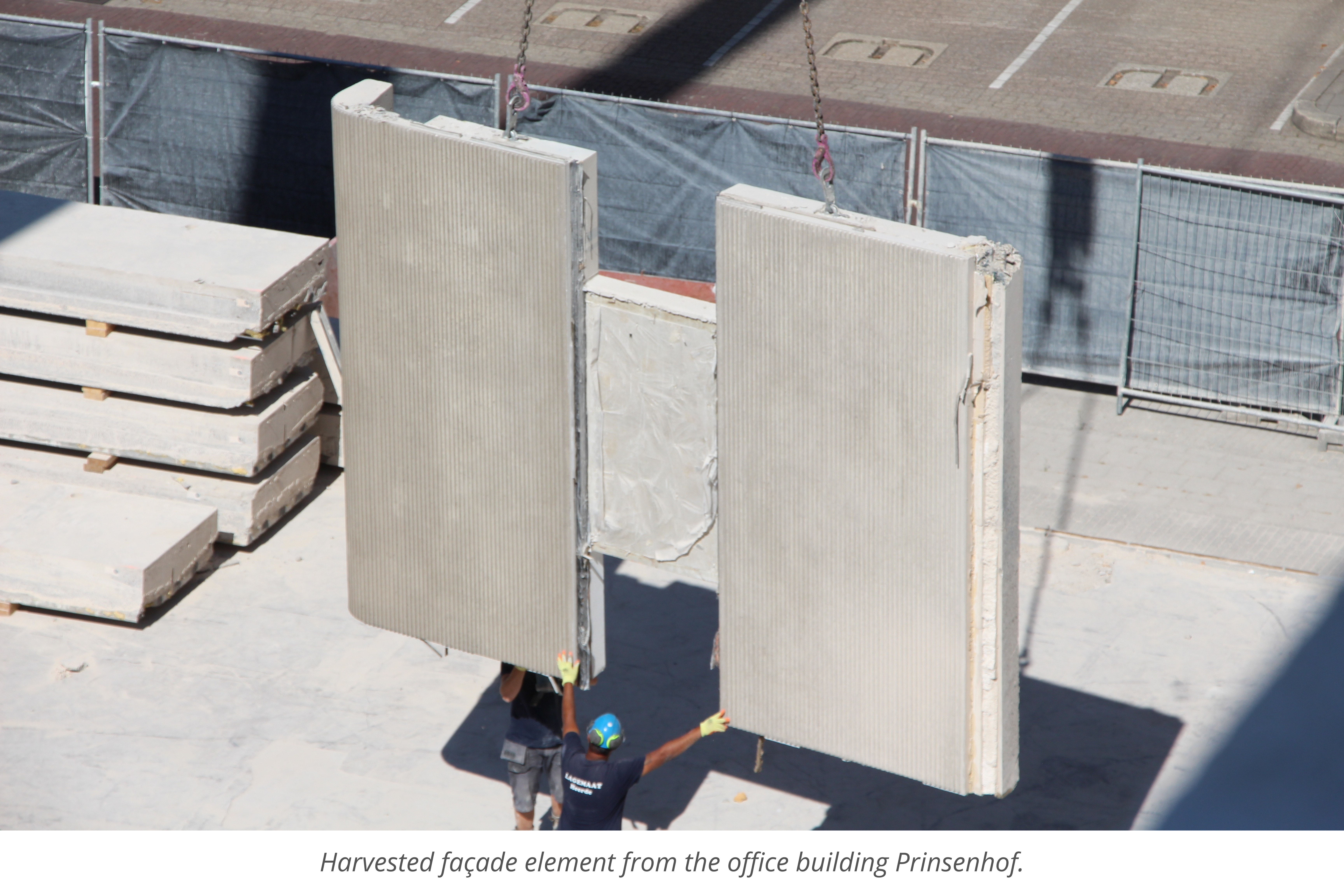
“Before anything else, preparation is the key to success”. This statement by Alexander Graham Bell provides a concise description of the process by which the accumulation of information, meticulous preparations, and the execution of deconstruction are integrated to ensure the success of harvesting structural elements for reuse. This finding is consistent with the findings of the deconstruction of the ReCreate pilots in Finland, Sweden, Germany and the Netherlands. These were carried out independently of each other, and many aspects were recorded and shared as experiences of the deconstruction of prefab concrete structures. The amalgamation of this comprehensive information and experience, encompassing both positive and negative aspects, has been shaped into a Deconstruction Guideline, which is intended to serve as a framework for future deconstruction projects. The guideline has been updated to incorporate novel insights in areas such as process steps, disassembly, transport, storage, safety, tooling, and other related fields. These insights are intended to facilitate the reuse of structural elements in new constructions, thereby extending the life of structural building blocks.
The Deconstruction Guideline offers a comprehensive overview of the key aspects involved in the deconstruction process, presented in both textual and visual formats. It is evident that a proportion of these correspond to the process of constructing a new building, whilst others are very specific to the deconstruction process. Despite the rigorous preparatory measures undertaken, certain elements have undergone modification, for example, the tool for lifting the hollow core slabs. The tool developed was adapted during deconstruction to reduce the number of work steps and increase the work speed without compromising safety. The guideline also demonstrates that a few things went wrong during the deconstruction of the pilot projects. It is evident that the involved parties are still acquiring knowledge from each deconstruction project. They use mistakes to enhance and refine their processes with each new deconstruction project, of which there have been several. The overarching principles that govern this process are efficiency, speed, safety, and the protection of the prefabricated concrete elements.

